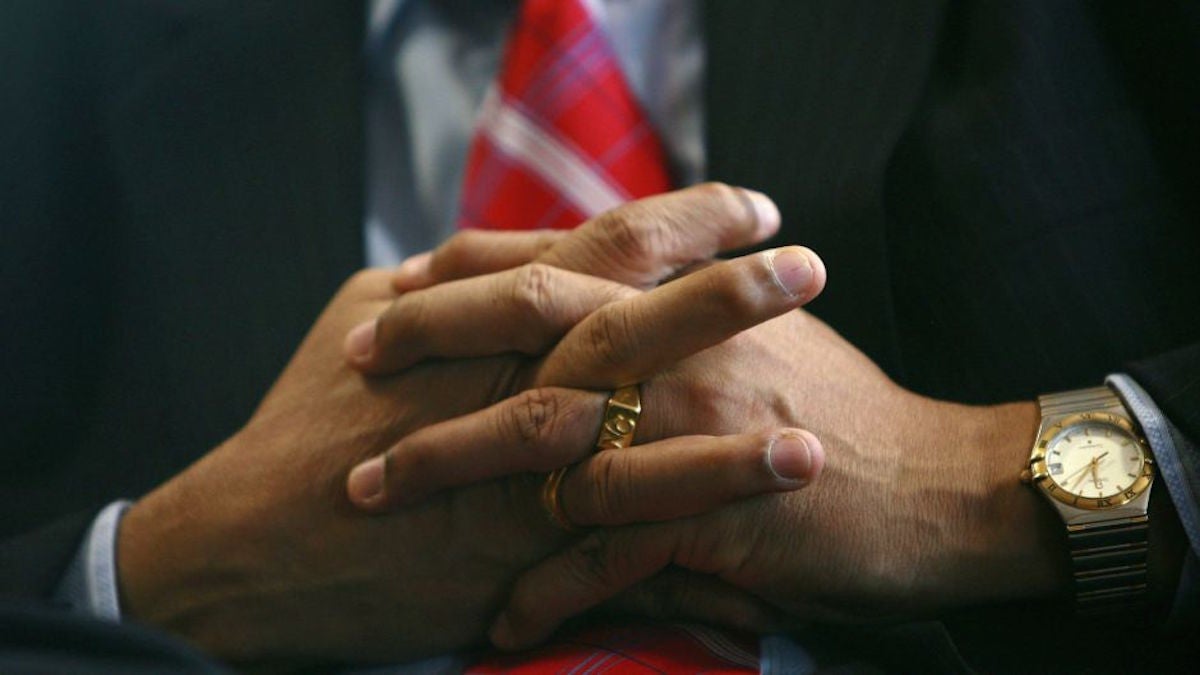Your next job interview might be a one-sided, taped video
Job interviews can be terrifying for college and grad students. Now, to ratchet up the anxiety, they’re being conducted via video over your computer, to be analyzed and dissected at a later date.


Job interviews can be terrifying for college and grad students. Now, to ratchet up the anxiety, they’re being conducted via video over your computer, to be analyzed and dissected at a later date.
An increasing number of employers are using video recordings to replace on-campus interviews. Others are using them to help winnow a stack of resumes before conducting in-person interviews.
Cumming Corporation, a consulting firm that helps manage construction projects, used video to cut down the 633 applicants it received for internships this year to fill about 30 slots, said Scott Weaver, who heads up recruiting. The company asked 248 candidates, all the ones who met the most basic criteria, to tape short videos. About a quarter of those were then interviewed by phone, he said.
The videos allowed recruiters to screen twice as many applicants than if they had gone right to phone interviews. “At its core, we use it to include more people,” Weaver said.
Cumming poses three questions to candidates, and they can answer as many as they want in a two- to three-minute video. Weaver says the exercise isn’t intended to put people on the spot but to let them shine; candidates are allowed to erase what’s been taped and try again. Some have figured out how to edit their submissions and add music, which Weaver said he didn’t know was possible until he saw it.
Cumming uses technology sold by iCIMS, which makes applicant-tracking software. iCIMS, which has 3,200 clients, says it has seen the use of video interviewing increase 28% this year, although it wouldn’t reveal the actual number, citing competitive reasons. Video screening makes sense for entry-level positions, where every resume looks the same, and for customer-facing roles, such as retail, where personal skills matter, said Susan Vitale, iCIMS’ chief marketing officer.
In the age of YouTube and Snapchat, the act of recording oneself is perhaps less rare than it used to be. But a comfort with video doesn’t necessarily translate into a comfort with video in a job-interview setting.
The trend means universities are now coaching job seekers in the nuances of appearing in video, said Julia Zupko, the director of career development at the Yale School of Management. Tips include rehearsing answers, ensuring your background is free of clutter, and surreptitiously placing off-camera reminders for talking points.
While video interviewing allows more applicants to be considered, it also can be unnerving for candidates who take their cues from eye contact and respond to personal warmth, Zupko said.
“Our bias in the industry is that in-person is much better,” she said.
Video interviewing is used by about 15% of the clients of Jobvite, another applicant-tracking company that sells the service. Among them are tech companies like Zappos, Groupon, and SpaceX, said Matt Singer, Jobvite’s vice president for marketing. But the more technical and skilled-based the role, the less value there is in video interviews, and senior candidates with multiple offers may simply refuse, Singer said.
Even for candidates who are happy to comply, the act of sending a video, where their personality is out there to be judged, just adds to the stress of job seeking—particularly when they don’t hear back from the prospective employer, Singer said. “That’s the biggest complaint we hear from job seekers, the lack of closure,” he said. His advice to companies that ask applicants to make videos? “At the very least, send them an email.”